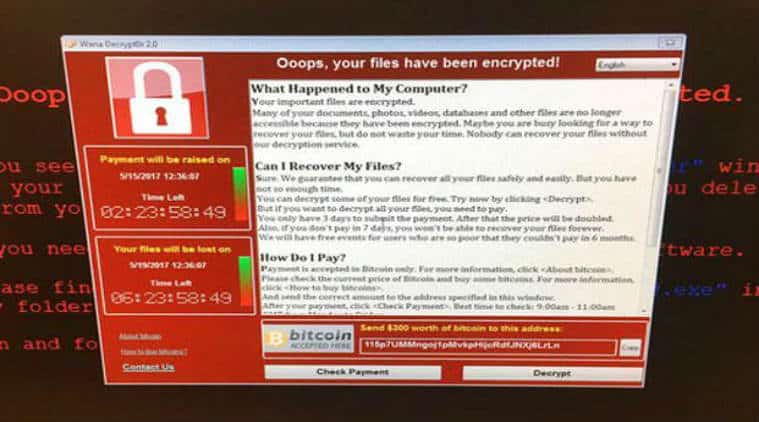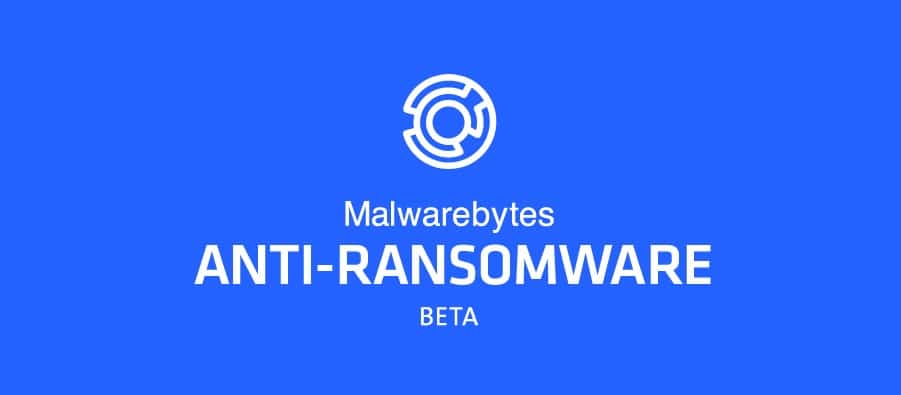Cyber security researchers have found technical clues they said could link North Korea with the global WannaCry “ransomware” cyber attack that has infected more than 300,000 machines in 150 countries since Friday.
Symantec and Kaspersky Lab said on Monday some code in an earlier version of the WannaCry software had also appeared in programs used by the Lazarus Group, which researchers from many companies have identified as a North Korea-run hacking operation.
“This is the best clue we have seen to date as to the origins of WannaCry,” Kaspersky Lab researcher Kurt Baumgartner told Reuters.
Both firms said it was too early to tell whether North Korea was involved in the attacks, which slowed to a crawl on Monday but have already become one of the fastest-spreading extortion campaigns on record.
The cyber companies’ research will be closely followed by law enforcement agencies around the world, including Washington, where U.S. President Donald Trump’s homeland security adviser said on Monday that both foreign nations and cyber criminals were possible culprits.
The two companies said they needed to study the code more and asked for others to help with the analysis. Hackers do reuse code from other operations, so even copied lines fall well short of proof.
U.S. and European security officials told Reuters on condition of anonymity that it was still too early to say who might be behind the attacks, but they did not rule out North Korea as a suspect.
The Lazarus hackers, acting for impoverished North Korea, have been more brazen in pursuit of financial gain than others, and have been blamed for the theft of $81 million from a Bangladesh bank. The North Korean mission to the United Nations was not immediately available for comment.
Regardless of the source of the attack, investors piled into cyber security stocks on Monday, betting that governments and corporations will spend more to upgrade their defenses.
SMALL PAYOUT
The perpetrators had raised less than $70,000 from users looking to regain access to their computers, according to Trump homeland security adviser Tom Bossert.
“We are not aware if payments have led to any data recovery,” Bossert said, adding that no federal government systems had been affected.
Some private sector cybersecurity experts said they were not sure if the motive of the attack was primarily to make money, noting that most large ransomware and other types of cyber extortion campaigns pull in millions of dollars of revenue.
“I believe that this was spread for the purpose of causing as much damage as possible,” said Matthew Hickey, co-founder of British cyber consulting firm Hacker House.
The countries most affected by WannaCry to date are Russia, Taiwan, Ukraine and India, according to Czech security firm Avast.
The number of infections has fallen dramatically since Friday’s peak when more than 9,000 computers were being hit per hour. Earlier on Monday, Chinese traffic police and schools reported they had been targeted as the attack rolled into Asia for the new work week, but no there were no major disruptions.
Authorities in Europe and the United States turned their attention to preventing hackers from spreading new versions of the virus.
Shares in firms that provide cyber security services rose sharply, led by Israel’s Cyren Ltd (CYRN.O) and U.S. firm FireEye Inc (FEYE.O).
Cisco Systems (CSCO.O) closed up 2.3 percent, making it the second-biggest gainer in the Dow Jones Industrial Average, as investors focused more on opportunities the attack presented rather than the risk it posed to corporations.
Morgan Stanley, in upgrading the stock, said Cisco should benefit from network spending driven by security needs.

A screenshot shows a WannaCry ransomware demand, provided by cyber security firm Symantec, in Mountain View, California, U.S. May 15, 2017. Courtesy of Symantec/Handout via REUTERS
POLITICAL TOPIC
Beyond the immediate need to shore up computer defenses, the attack has turned cyber security into a political topic in Europe and the United States, including discussion of the role national governments play.
In a blog post on Sunday, Microsoft Corp (MSFT.O) President Brad Smith confirmed what researchers already widely concluded: the attack made use of a hacking tool built by the U.S. National Security Agency (NSA) that had leaked online in April.
He poured fuel on a long-running debate over how government intelligence services should balance their desire to keep software flaws secret – in order to conduct espionage and cyber warfare – against sharing those flaws with technology companies to better secure the internet.
On Monday, Bossert sought to distance the NSA from any blame.
“This was not a tool developed by the NSA to hold ransom data. This was a tool developed by culpable parties, potentially criminals or foreign nation-states, that were put together in such a way as to deliver phishing emails, put it into embedded documents, and cause infection, encryption and locking,” Bossert said.
Russian President Vladimir Putin, noting the technology’s link to the U.S. spy service, said it should be “discussed immediately on a serious political level.”
“Once they’re let out of the lamp, genies of this kind, especially those created by intelligence services, can later do damage to their authors and creators,” he said.
In Britain, where the virus first raised alarm when it caused hospitals to divert patients on Friday, it gained traction as a political issue just weeks before a general election. The opposition Labour Party accused the Conservative government of leaving the National Health Service (NHS) vulnerable.
RANSOM VIA BITCOIN
Some victims were ignoring official advice and paying the $300 ransom demanded by the cyber criminals to unlock their computers, which was due to double to $600 on Monday for computers hit by Friday’s first wave.
So far only a few victims of the attack appeared to have paid, based on publicly available bitcoin accounts on the web, where victims have been instructed to pay.
The initial ransom demand was $300 per machine. Three days after becoming infected the demand doubles. Starting on Monday, the first victims began facing demands of $600 to unlock their machines.
This coming Friday, victims face being locked out of their computers permanently if they fail to pay the $600 ransom, said Tom Robinson, co-founder of Elliptic, a London-based private security company that investigates ransomware attacks.
As of 1400 GMT, the total value of funds paid into anonymous bitcoin wallets the hackers are using stood at just $55,169, from 209 payments, according to calculations made by Reuters using publicly available data.
Brian Lord, managing director of cyber and technology at cyber security firm PGI, said victims had told him “the customer service provided by the criminals is second-to-none,” with helpful advice on how to pay: “One customer said they actually forgot they were being robbed.”
Companies and governments spent the weekend upgrading software to limit the spread of the virus. Monday was the first big test for Asia, where offices had already mostly been closed for the weekend before the attack first arrived.
Renault-Nissan (RENA.PA) (7201.T) said output had returned to normal at nearly all its plants. PSA Group (PEUP.PA), Fiat Chrysler (FCHA.MI), Volkswagen (VOWG_p.DE), Daimler (DAIGn.DE), Toyota (7203.T) and Honda (7267.T) said their plants were unaffected.
British media were hailing as a hero a 22-year-old computer security whiz who appeared to have helped stop the attack from spreading by discovering a “kill switch” – an internet address which halted the virus when activated.
Individual European countries and the United States saw infections at a rate of only 10 percent to 20 percent of the most affected countries, according to the researcher who stumbled on the “kill switch.”
The virus hit computers running older versions of Microsoft Corp (MSFT.O) software that had not been recently updated. Microsoft released patches last month and on Friday to fix a vulnerability that allowed the worm to spread across networks. The company’s shares were down about 1 percent on Monday, in a slightly higher broad market.
Infected computers appear to be largely out-of-date devices. Some were machines involved in manufacturing or hospital functions, difficult to patch without disrupting operations.
For a graphic on how the cyber attack spread, see: tmsnrt.rs/2qIUckv
Post your thoughts below in the comment section.
SOURCE: AOL
![]()






